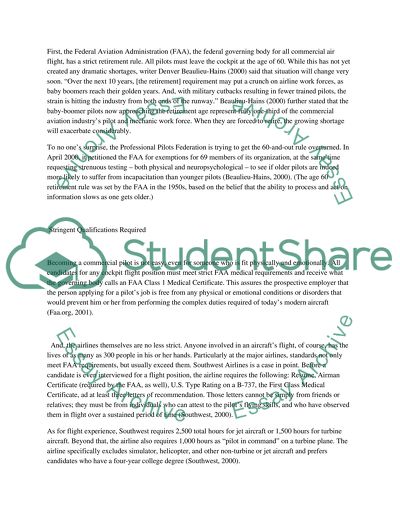Cite this document
(Trends in Aviation Education Assignment Example | Topics and Well Written Essays - 2500 words, n.d.)
Trends in Aviation Education Assignment Example | Topics and Well Written Essays - 2500 words. https://studentshare.org/education/1525477-future-trends-of-aviaitionearospace-education
Trends in Aviation Education Assignment Example | Topics and Well Written Essays - 2500 words. https://studentshare.org/education/1525477-future-trends-of-aviaitionearospace-education
(Trends in Aviation Education Assignment Example | Topics and Well Written Essays - 2500 Words)
Trends in Aviation Education Assignment Example | Topics and Well Written Essays - 2500 Words. https://studentshare.org/education/1525477-future-trends-of-aviaitionearospace-education.
Trends in Aviation Education Assignment Example | Topics and Well Written Essays - 2500 Words. https://studentshare.org/education/1525477-future-trends-of-aviaitionearospace-education.
“Trends in Aviation Education Assignment Example | Topics and Well Written Essays - 2500 Words”. https://studentshare.org/education/1525477-future-trends-of-aviaitionearospace-education.


